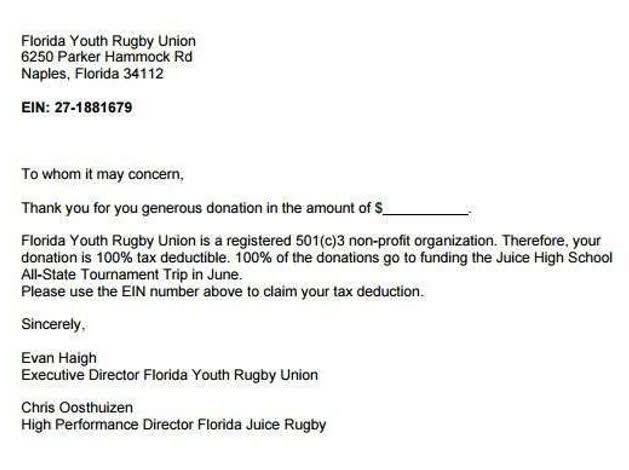
A higher Debt to Equity Ratio indicates that a company relies more on debt for financing its operations, while a lower ratio signifies more reliance on equity. The cost of debt affects this ratio as it determines the extent to which a company is willing to borrow funds. A lower cost of debt may encourage a higher debt level, resulting in a higher Debt to Equity Ratio. Conversely, a higher cost of debt may cause a company to prefer equity financing, leading to a lower Debt to Equity Ratio. Using the net present value (NPV) method, we can compare the two options and see which one is more profitable. The NPV of a project is the difference between the present value of the future cash flows and the initial investment.
How to Calculate and Interpret Stock and Portfolio Beta

It is an integral part of the discounted valuation analysis, which calculates the present value of a firm by discounting future cash flows unearned revenue by the expected rate of return to its equity and debt holders. A cost of debt calculator can be a valuable tool for businesses looking to manage their debt financing and evaluate their overall financial performance. By calculating the after-tax cost of debt, businesses can better understand the true cost of borrowing and make more informed decisions about their financing options. When considering how to finance their operations and investments, businesses need to evaluate the costs and benefits of different financing options, including debt and equity financing.

What factors affect the calculation of total cost of debt?
- That yield spread can then be added to the risk-free rate to find the cost of debt of the company.
- Because interest payments are typically tax-deductible, calculating the after-tax cost of debt provides a more accurate view of its true financial impact.
- There are different sources of financing available, such as equity, debt, retained earnings, leasing, etc.
- The cost of debt and the cost of equity should reflect the current market conditions and the risk level of the business.
- In other words, it represents the effective interest rate for the company.
Cost of debt is an important input in calculation of the weighted average cost of capital. WACC equals the weighted average of cost of equity and after-tax cost of debt based on their relative proportions in the target capital structure of the company. This weighted average cost of capital calculator takes into account cost of equity, cost of debt and the total corporate tax rate. Debt financing and equity financing are two main methods that businesses use to raise capital. In debt financing, an organization borrows money from lenders, which they promise to pay back along with interest over a given period. Common examples of debt financing are loans, bonds, and credit lines.
Cost of Debt Calculation Example

In the first example, we assumed that the lender charges all of the interest to the loan at the outset. But in reality, many business loans are term loans or long-term installment loans. Such loans amortize, which means that your principal and interest payments vary over the life of the loan. At the beginning of the term, the bulk of your payment goes toward interest.
- Many companies use business credit cards for daily expenses or short-term financing.
- Calculating cost of debt with a business credit card involves knowing your APR and how much you owe.
- The NPV of a project is the difference between the present value of the future cash flows and the initial investment.
- The NPV is the difference between the present value of the cash inflows and the present value of the cash outflows of a project.
What is the distinction between pre-tax and after-tax cost of debt?
The higher the beta, the higher the cost of equity, because the increased risk investors take (via higher sensitivity to market fluctuations), should be compensated via a higher return. Since the CAPM essentially ignores any company-specific risk, the calculation for the cost of equity is simply tied to the company’s sensitivity to the market. While our simple example Catch Up Bookkeeping resembles debt (with a fixed and clear repayment), the same concept applies to equity. Knowing your company’s cost of debt helps you make informed decisions about financing and investments.
What Is the After-Tax Cost of Debt Formula?
It’s important to note that debt ratings are not static and can change over time. Borrowers can work towards improving their ratings by demonstrating financial stability, timely debt repayment, and implementing sound financial management practices. Remember, the cost of debt formula provides a framework for understanding and evaluating the interest rate on debt. It’s essential to consider the specific circumstances and factors relevant to each situation to obtain accurate results. The main challenge with the industry beta approach is that we cannot simply average up all the betas. That’s because companies in the peer group will likely have varying rates of leverage.
Industries with lower capital costs include rubber and tire companies, power companies, real estate developers, and financial services companies (non-bank and insurance). Such companies may require less equipment or may benefit from very steady cash flows. Since a company with a high cost of capital can expect lower proceeds in the long run, investors are likely to see less value in owning a share of that company’s equity.
How to Calculate and Interpret the Cost of Debt
Calculating the ratio of selling to asking price is useful knowledge during any transaction that involves cost of debt a negotiated price. Understanding this metric helps you evaluate the true cost of your company’s debt. Looking to streamline your business financial modeling process with a prebuilt customizable template?
- This spread of 0.75% reflects the extra yield investors require to compensate for Salesforce’s credit risk compared to a risk-free investment.
- Where $D$ is the market value of debt, $E$ is the market value of equity, $T_c$ is the corporate tax rate, $r_d$ is the cost of debt, and $r_e$ is the cost of equity.
- Plugging in these numbers into a calculator or amortization schedule shows that the total interest cost is $8,309.97.
- The cost of equity is typically higher because the rate of return demanded by shareholders is higher due to the greater risk involved.
- Debt is generally considered less expensive than equity because interest payments are tax-deductible, and debt holders have a higher claim on a company’s assets.
Understanding your total interest expense helps you plan for future payments and manage your cash flow more effectively. It also allows you to see where you might be able to reduce costs by paying off higher-interest debt first or refinancing for lower rates. Debt plays a big role in a company’s capital structure, which is the mix of debt and equity a company uses to finance its operations. Having the right balance is important because too much debt can increase financial risk, while too little can limit growth opportunities. If the company invests in a project that has a higher return than the WACC, then it creates value for the shareholders. If the project has a lower return than the WACC, then it destroys value for the shareholders.



Leave a Reply